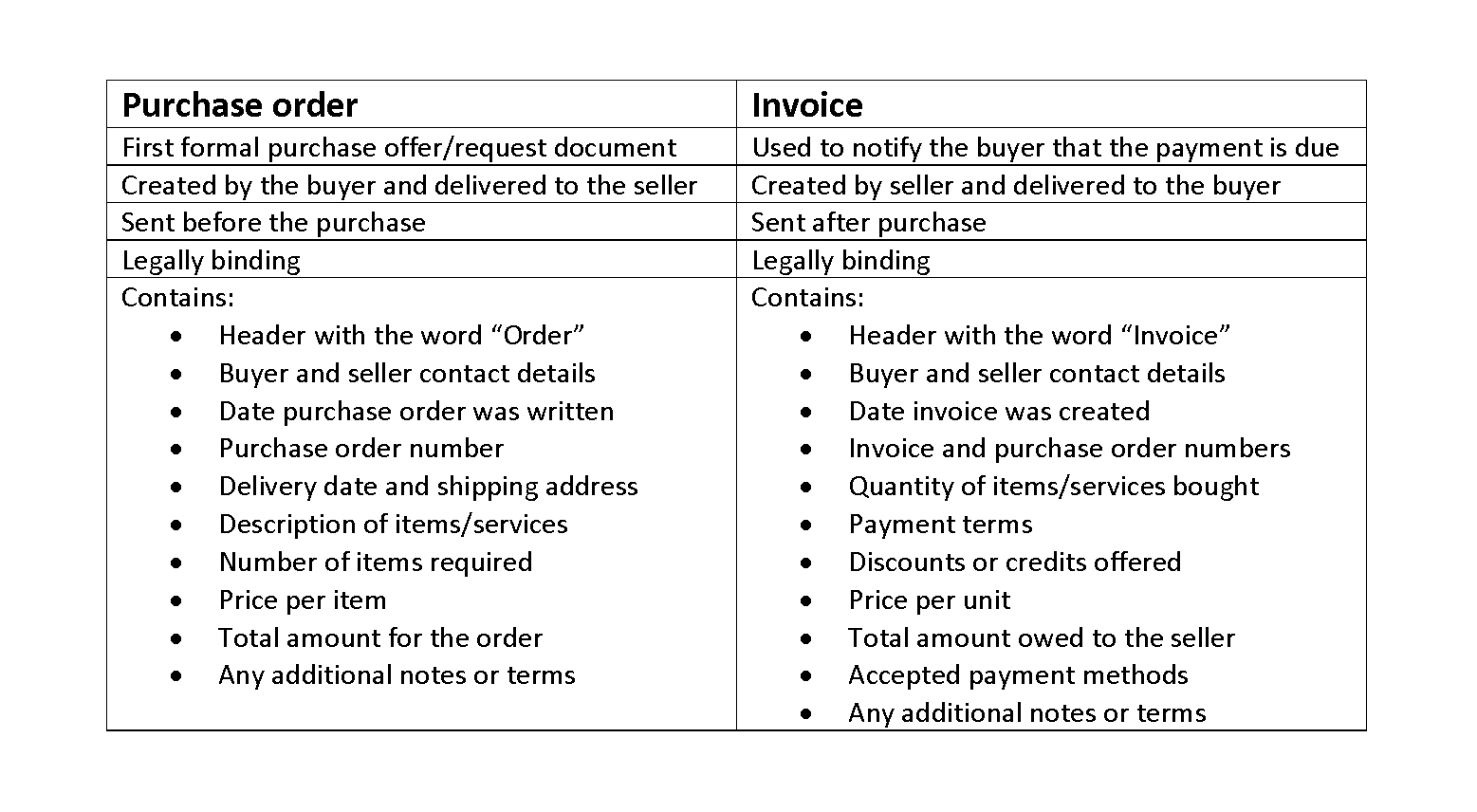
Before you make any conclusions, understand that you may work in a mature organisation. Shareholders and management might not see opportunities in the market that can give them high returns. For that reason, they may decide to make stock or cash dividend payments.
What is the retained earnings formula?
Retained earnings serve as a link between the balance sheet and the income statement. This is because they’re recorded under the shareholders equity section, which connects both statements. GAAP greatly restricted this use of the prior period adjustment, but abuses have apparently continued because items affecting stockholders’ equity are sometimes still not reported on the income statement. Additional paid-in capital is included in shareholder equity and can arise from issuing either preferred stock or common stock. The amount of additional paid-in capital is determined solely by the number of shares a company sells.
How Is Shareholders’ Equity Determined?
The company records that liabilities increased by $10,000 and assets increased by $10,000 on the balance sheet. There is no change in the company’s equity, and the formula stays in balance. Well-managed businesses can consistently generate operating income, and the balance is reported below gross profit. Supervisory guidance and technical resources on interest rate risk are readily available to every small bank. The last issue of Supervisory Insights, for example, was devoted to practical advice on interest rate risk management for small banks. Perhaps the most important advice is that planning for the potential impact of rising interest rates is too important to be left entirely to those who run the interest rate risk-management systems and models.
- The process of retaining earnings is also known as “plowing back profits.”
- On a company’s balance sheet, retained earnings are put under the equity section.
- Retained earnings are the net income of a business after dividends have been paid out to shareholders and/or owners.
- Movements in a company’s equity balances are shown in a company’s statement of changes in equity, which is a supplementary statement that publicly traded companies are required to show.
- This information will be listed on the balance sheet under the heading “Retained Earnings.”
- It is calculated over a period of time (usually a couple of years) and assesses the change in stock price against the net earnings retained by the company.
Formula For Retained Earnings

Though cash dividends are the most common payout, remember that stock dividends are another option. Unlike cash payments, stock dividends don’t https://www.bookstime.com/ immediately impact a company’s bottom line. That said, retained earnings can be used to purchase assets such as equipment and inventory.
As the company loses ownership of its liquid assets in the form of cash dividends, it reduces the company’s asset value on the balance sheet, thereby impacting RE. Distribution of dividends to shareholders can be in the form of cash or stock. Cash dividends represent a cash outflow and are recorded as reductions in the cash account.


11 Financial is a registered investment adviser located in Lufkin, Texas. 11 Financial may only transact business in those states in which it is registered, or qualifies for an exemption or exclusion from registration requirements. retained earnings asset or liabilities 11 Financial’s website is limited to the dissemination of general information pertaining to its advisory services, together with access to additional investment-related information, publications, and links.

Hiring an Accountant: Before and After
Now that you’re familiar with the terms you’ll encounter on an income statement, here’s a sample to serve as a guide. Good accounting software, such as Skynova’s solution for small businesses, can help you with these types of calculations. Now, let’s return to our two $500 million banks that each have a one percent ROA, but this time, with a little more information. Revenue and retained earnings are correlated since a portion of revenue ultimately becomes net income and later retained earnings.
- Long-standing corporate governance principles, sensibly applied based on the size and complexity of operations, are the starting point for an engaged bank management team to achieve these goals.
- It can also be calculated without knowing its opening value by subtracting all the dividend payments made during the company’s life from its total net income.
- The retained earnings balance can also be used to calculate financial ratios, including debt-to-income and acid-test ratios.
- Retained earnings are like a running tally of how much profit your company has managed to hold onto since it was founded.
- Shareholder equity is the amount invested in a business by those who hold company shares—shareholders are a public company’s owners.
